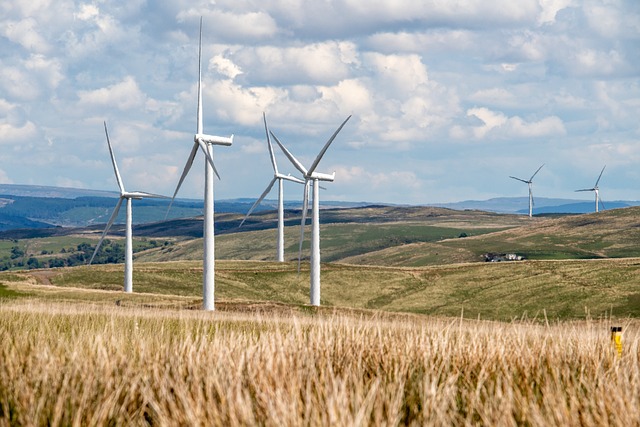-
The government is exploring public-private partnerships to develop offshore wind farms near seaports
-
The PPP route is being eyed as offshore ports are costly, estimated at $80 million per project
-
Ten ports have been identified as candidates for offshore wind projects
The government is exploring public-private partnerships (PPP) to construct offshore wind (OSW) farms near major seaports.
The PPP route is being eyed as offshore ports are costly, estimated at $80 million per project, Transportation undersecretary for Maritime sector Elmer Sarmiento said on the sidelines of the recent Philippine Ports and Logistics Conference and Exhibition.
“Where do we recover the investments for that?” he asked.
He said the Department of Transportation (DOTr) has initiated a freight flow analysis, a crucial step towards drafting a comprehensive roadmap for port development nationwide, together with the Department of Energy (DOE).
Sarmiento cited the Philippine-Norway energy and maritime cooperation to formulate pragmatic strategies on how to expand renewable energy resources particularly offshore wind.
According to an Asian Development Bank technical assistance report published in February 2024, the DOE has identified ten candidates for OSW projects for pre-feasibility studies: Philippine National Oil Co. Energy Supply Base Port in Mabini, Batangas; Port Irene in Cagayan; Iloilo Commercial Port Complex, Iloilo City; Port of Subic Bay, Zambales; Pulupandan Seaport, Negros Occidental; Port of Currimao, Ilocos Norte; Bauan International Port, Bauan, Batangas; Calabanga Provincial Port, Camarines Sur; Bulalacao Port, Mindoro Oriental; and Port of Banago, Bacolod City, Negros Occidental.
The DOE clarified that none of the ports, in their current state, meet the standards required for offshore wind projects. The ADB study aims to identify necessary upgrades to align ports with OSW farms.
The plan aligns with the Philippines’ renewable energy goals, particularly in generating clean energy through wind turbine generators.
Sarmiento emphasized the significance of port infrastructure in facilitating the successful commercial operations of OSW projects, saying: “(These) ports will host the assembly and storage of OSW turbine components and accommodate massive equipment and machinery.”
In 2023, the DOE issued the framework for OSW projects pursuant to Executive Order No. 21 entitled “Directing the Establishment of the Policy and Administrative Framework for Offshore Wind Development.”
The new regulations outline key initiatives to achieve the goals of EO No. 21. One crucial element is the creation of a long-term Port Development Plan by the Philippine Ports Authority.
The energy department has awarded 82 OSW service contracts, with a combined potential capacity of 63 gigawatts. The country’s OSW resources hold an estimated potential of 178 GW, according to the Philippine Offshore Wind Roadmap.
With the first offshore wind project expected to be completed by 2028 and several others underway, the Philippines aims to increase its renewable energy share to 35% by 2030 and 50% by 2040, largely driven by offshore wind resources.
READ: Ports eyed for redevelopment to host offshore wind projects





